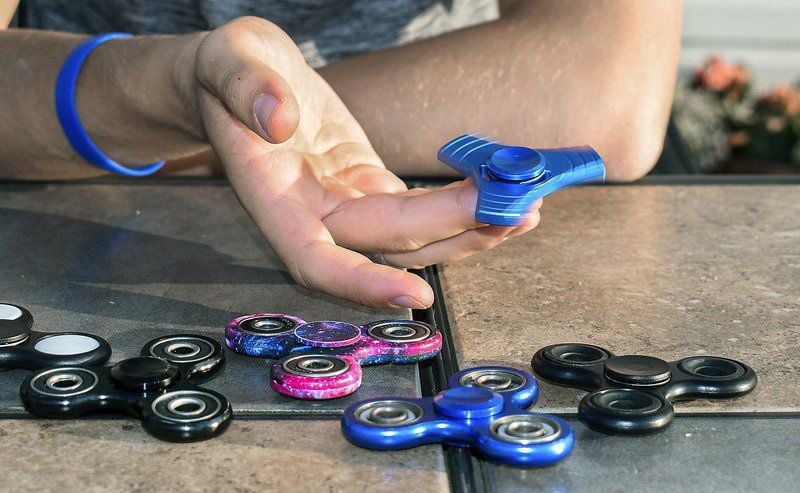

Many examples people have told us about are ready-to-hand objects like paper clips, USB thumb drives, headphone earbuds and sticky tape. One thing people often report is that fidgeting with an object in the hand helps them to stay focused when doing a long task or sitting still and attentive in a long meeting. People fidget with everyday items such as paper clips. (We’re compiling their answers online and welcome additional contributions.) As part of our work, we’ve asked people what items they like to fidget with and how and when they use them. If you’ve ever clicked a ballpoint pen again and again, you’ve used a fidget item. Understanding fidgetingįidgeting didn’t start with the spinner craze. Despite sometimes being an annoying distraction for others, fidget items can have some practical uses for adults our inquiry into their usefulness for children is underway. What we found tells us that these items are not a fad that will soon disappear. My research group has taken a deep look at how people use fidget items over the last several years. Meanwhile, the Kickstarter online fundraising campaign for the Fidget Cube – another popular fidget toy in 2017 – raised an astounding US$6.4 million, and can be seen on the desks of hipsters and techies across the globe.

And experts challenge the idea that spinners are good for conditions like ADHD and anxiety. Kids and parents are even making them for themselves using 3D printers and other more homespun crafting techniques.īut some teachers are banning them from classrooms.

As of May 17, every one of the top 10 best-selling toys on Amazon was a form of the hand-held toy people can spin and do tricks with. The fidget spinner craze has been sweeping elementary and middle schools.


 0 kommentar(er)
0 kommentar(er)
